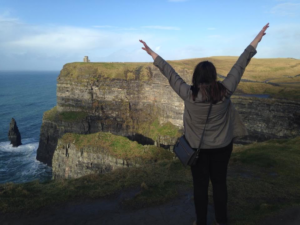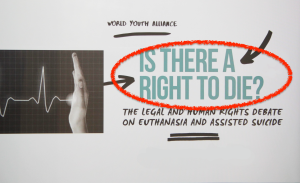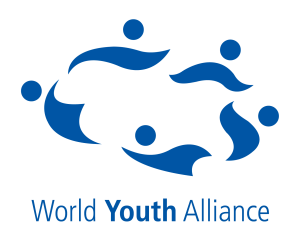
You know the feeling when something suddenly startles you? That is the only way to describe the way I felt in the image. The wind harsh against my skin and the small space between my feet and the cliffside initiated physical fear as I imagined myself falling off the Cliffs of Moher. I was going to be that tourist that made the front cover of the news, thanks to my friends who convinced me to hop the fence with them.
As I gazed, I dug my feet further into the cliffside to never let that moment go. Once again, an encounter with natural beauty moved my heart to ponder. I threw my arms up high and open in a moment of encounter as I took in the sights and the value of the beauty before me.
In one’s life, there are moments that touch you, in a way that moves your heart in a position to receive; receive beauty, information, news, etc. For me, travel opens my heart to receive the world. The power of a beautiful sunset or a cliffside is given power by beauty and aesthetic. As my heart may soar with the power of the beauty of nature, the most moving my sensitive, emotional heart can have is when I am able to deeply connect with another person. This powerful self-to-self connection in the human family often leads to friendship, a mutual feeling of love and respect for the intrinsic, inalienable dignity from conception to natural death in the person across the table.
Human connection brings about the ability for not only self-awareness but also awareness within the other. Just as my encounter with the Cliffs of Moher, the beauty of the human soul and its intrinsic worth shapes me. Art, which has the capacity to reveal beauty, is created by an incommunicable “I” which allows for that personal self to have a self-to-self connection with a human created object such as a book or a piece of art. There is a connection with the incommunicable human creator.
Have you ever read an amazing book with a true-life story that inspired you? That is what the power of narrative has done in my life. I see this as a common style in Modern World Literature. As more people have been given the ability to publish their work, more voices, especially repressed voices, are empowered to discuss what they have seen in their lives. These narratives are powerful in moving the human family to action to serve and help the dignity of another, even if it is across oceans. The desire to help is forged by the desire for peace and the responsibility the human heart has to promote peace across borders whether physical or of the heart. The desire for solidarity can be felt in the heart of a reader of a narrative.
I recently read Azar Nafisi’s Reading Lolita in Tehran. Nafisi’s writing style in her autobiographical narrative gives the reader a deeper understanding of her motives in teaching young women literature and her experiences in the Islamic Republic of Iran. The power of narrative transcends powerful self-to-self connection in text rather than just text-to-self connections. As Nafisi writes her experiences in Tehran, her use of imagery and her conversation-like approach make the text a connection between person to person rather than just author to person. The text flows beautifully, and she effectively demonstrates the personhood of persons the readers had never met. We have a desire to have their thoughts heard, we have a desire to forge human connection, and we have a desire to fight for their rights.
We all have a story and this is what makes narratives so powerful. The power of narrative has shaped much of the modern literature scope as it has provided us the stories of those who have suffered and triumphed. We reach with them the low of the lows and the high of the highs. The attraction to encounter is powerful as it leads our heart for what it was meant for; to know the innate dignity within us and with the other.
Every human heart has a lived experience. By sharing in our struggles, our joys, our challenges, and our triumphs, we effectively demonstrate our personhood to another person by inspiring the human heart to act. This action could range from creating a movement in your local area to as little yet significant as wanting to learn more. I encourage you to encounter; to step outside of your walls and to place your feet on the Cliffs of Moher of your life to breath and encounter beauty or a connection to the human person whether through a form of art or with the person across from you at the dinner table.
Written by Alexandra Rose, a current intern at the WYA North America office.







